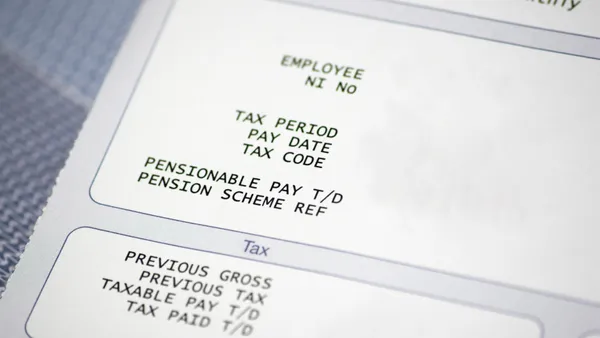Dive Brief:
- The health maintenance organization (HMO) arguably turned out to be one of the more despised creations in the early days of cutting healthcare costs, but it may be making a minor comeback, according to the New York Times.
- Some insurers are now offering a newer, updated HMO iteration, but one that retains the basic restrictive model as a cost-saving measure, the Times reports. Insurers are already promoting HMOs on the state exchanges created under the federal health law, and many are trying to persuade more companies and their employees to get on board.
- In at least one state, the HMO acronym must be used if the plan is in fact an HMO, so insurers and employers have been stymied while trying to rename or re-brand them, the Times reports. The HMO's design by its nature was considered a "stingy" option that soured for workers.
Dive Insight:
Steve Hamman, a senior executive at the Health Care Service Corporation, which operates several nonprofit Blue Cross plans, told the Times that he is seeing a resurgence of the HMO model. But the Times points out that the newer HMO plans are currently geared to individuals and small businesses, as well as state healthcare exchanges created by the Affordable Care Act.
The basic downside of the HMO model remains: a lack of choice over doctors and healthcare facilities. However, some of the newer models are offering a bit more freedom than in the past.
Despite the lower costs promised by the plans, the Times notes that employers, particularly large ones, are not running to sign up. “A lot of employers don’t feel comfortable limiting their employees’ options,” Paula Wade, an analyst at Decision Resources Group, which tracks different types of plans, told the Times. “They’re going to be very reluctant to put them in a network that seems to be too limited or limited in the wrong ways.”










